Biology
for Cambridge IGCSE
COURSEBOOK
Mary Jones & Geoff Jones

 Contents
Contents
 How to use this book
How to use this book
Throughout this book, you will notice lots of different features that will help your learning. These are explained below.
LEARNING INTENTIONS
Learning intentions set the scene for each chapter, help with navigation through the coursebook and indicate the important concepts in each topic.
 In the learning intentions table, the summary table and the exam-style questions, Supplement content is indicated with a large arrow and a darker background, as in the example here.
In the learning intentions table, the summary table and the exam-style questions, Supplement content is indicated with a large arrow and a darker background, as in the example here.
GETTING STARTED
This contains questions and activities on subject knowledge you will need before starting this chapter.
SCIENCE IN CONTEXT
This feature presents real-world examples and applications of the content in a chapter, focussing on topics that go beyond the syllabus. There are discussion questions at the end, which look at some of the benefits and problems of these applications, and encourage you to look further into the topics.
EXPERIMENTAL SKILLS
This feature focuses on developing your practical skills. They include lists of equipment required and any safety issues, step-by-step instructions so you can carry out the experiment, and questions to help you think about what you have learnt.
KEY WORDS
Key vocabulary is highlighted in the text when it is first introduced, and definitions are given in boxes near the vocabulary. You will also find definitions of these words in the Glossary at the back of this book.
Questions
Appearing throughout the text, questions give you a chance to check that you have understood the topic you have just read about. The answers to these questions are accessible to teachers for free on the Cambridge GO site.
ACTIVITY
Activities give you an opportunity to check and develop your understanding throughout the text in a more active way, for example by creating presentations, posters or role plays. When activities have answers, teachers can find these for free on the Cambridge GO site.
COMMAND WORDS
Command words that appear in the syllabus and might be used in exams are highlighted in the exam-style questions. In the margin, you will find the Cambridge International definition. You will also find these definitions in the Glossary at the back of the book with some further explanation on the meaning of these words.
Supplement content: Where content is intended for students who are studying the Supplement content of the syllabus as well as the Core, this is indicated using the thicker line, as on the left here.
 You may also see the teal text with an arrow, as on the left here, in boxed features such as the Getting Started or the Self-evaluation checklists.
You may also see the teal text with an arrow, as on the left here, in boxed features such as the Getting Started or the Self-evaluation checklists.
REFLECTION
These activities ask you to think about the approach that you take to your work, and how you might improve this in the future.
SELF/PEER ASSESSMENT
At the end of some activities and experimental skills boxes, you will find opportunities to help you assess your own work, or that of your classmates, and consider how you can improve the way you learn.
These boxes tell you where information in the book is extension content, and is not part of the syllabus.
SUMMARY
There is a summary of key points at the end of each chapter.
PROJECT
Projects allow you to apply your learning from the whole chapter to group activities such as making posters or presentations, or taking part in debates. They may give you the opportunity to extend your learning beyond the syllabus if you want to.
EXAM-STYLE QUESTIONS
Questions at the end of each chapter provide more demanding exam-style questions, some of which may require use of knowledge from previous chapters. The answers to these questions are accessible to teachers for free on the Cambridge GO site.
SELF-EVALUATION CHECKLIST
The summary checklists are followed by I can statements which relate to the Learning intentions at the beginning of the chapter. You might find it helpful to rate how confident you are for each of these statements when you are revising. You should revisit any topics that you rated Needs more work or Almost there.
| I can | See Topic... | Needs more work | Almost there | Confident to move on |
| Core |
 Supplement Supplement |

Introduction
This is the fourth edition of our Cambridge IGCSE Biology Coursebook, and it provides everything that you need to support your course for Cambridge IGCSE Biology (0610/0970). It provides full coverage of the syllabus for examination from 2023 onwards.
The chapter order generally follows the same sequences as the topics in the syllabuswith some exceptions where appropriate.
The various features that you will find in these chapters are explained in the previous two pages.
Many of the questions you will meet during your course test if you have a deep understanding of the facts and concepts you have learnt. It is therefore not enough just to learn words and diagrams that you can repeat in answer to questions; you need to ensure that you really understand each concept fully. Trying to answer the questions that you find within each chapter, and at the end of each chapter, should help you to do this.
Although you will study your biology as a series of different topics, it is important to appreciate that all of these topics link up with each other. You need to make links between different areas of the syllabus to answer some questions.
As you work through your course, make sure that you keep reflecting on the work that you did earlier and how it relates to the current topic that you are studying. The reflection boxes throughout the chapters ask you to think about how you learn, to help you to make the very best use of your time and abilities as your course progresses. You can also use the self-evaluation checklists at the end of each chapter to decide how well you have understood each topic in the syllabus, and whether or not you need to do more work on each one.
Practical skills are an important part of your biology course. You will develop these skills as you do experiments and other practical work related to the topics you are studying.


Chapter 1
Characteristics & classification of living organisms
IN THIS CHAPTER YOU WILL:
learn about the seven characteristics of living organisms


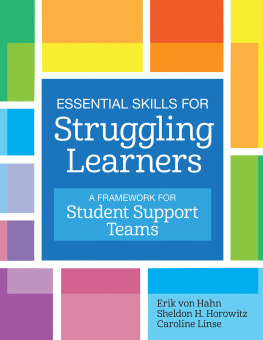

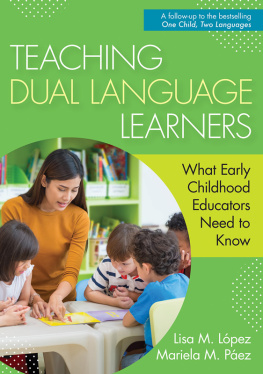
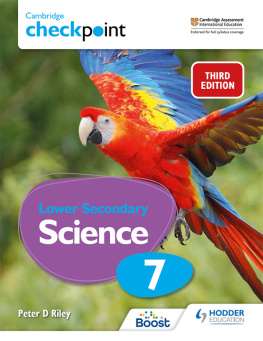
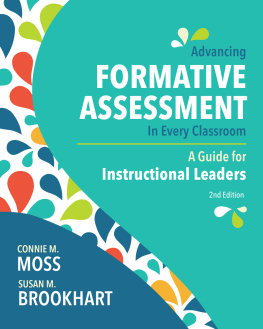
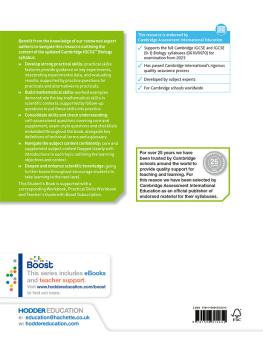
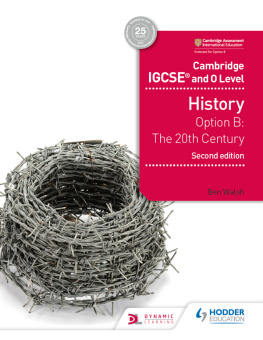
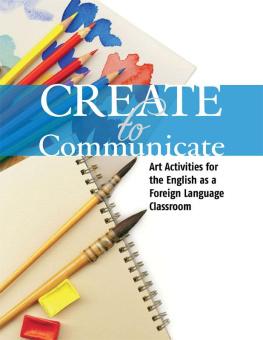


 Contents
Contents
 In the learning intentions table, the summary table and the exam-style questions, Supplement content is indicated with a large arrow and a darker background, as in the example here.
In the learning intentions table, the summary table and the exam-style questions, Supplement content is indicated with a large arrow and a darker background, as in the example here. You may also see the teal text with an arrow, as on the left here, in boxed features such as the Getting Started or the Self-evaluation checklists.
You may also see the teal text with an arrow, as on the left here, in boxed features such as the Getting Started or the Self-evaluation checklists.
 Chapter 1
Chapter 1